HUNGRY IN HUNGARY
- mmalenaonyana
- Feb 10, 2017
- 8 min read
Part 2:
Once rejuvenated there is only one thing to do and that is to dance, and dance we did!
Entertainment
My friend @gingercatonwheels who is a fellow travel blogger had been to Budapest shortly before me, and she had recommended Szimpla. On reading about it I came to learn that it is the first of Budapest’s ‘ruin pubs’; a unique, innovative, beautiful, and alternative genre of pubs. Located in the Jewish Quarter, Szimpla is a two floor gallery café-pub that offers live performances and clubbing at night and transforms into a farmers market on Sundays and into an art gallery by day. In two words it’s a CULTURE HUB, and this is evident in the crowd it pulls in and its eclectic bric-a-brac that’s both furniture and décor.
In my time in Budapest I visited three (3) other ruin pubs but I always ended up returning to Szimpla.
Magic happens when you least expect it and that is exactly what happened when I happened upon a club called Lampa. They had a live band playing what I have coined impromptu tunes or impromptu music. The band’s lead guitarist had a looper that he used to create the beats and sounds or lyrics he wanted to be repeated. He asked the audience to give the genre or a combination of genres, a non-existent song title and a topic or theme that the song should be about. Out of these they created magic in the form of a song. And this, my friends is the beauty that resides in Budapest, an enigmatic creativity. At the end of the night, I came to learn that the band is called ‘Seven Seconds in the Future.’ They have a Facebook page so please visit and listen to why I was wowed.
With the amount of indulgence in Hungarian cuisine and drinks that I was doing, digestive walks were both a necessity and pleasure because Budapest is teeming with beautiful sights to see.
Sightseeing
Budapest has been ranked as Europe’s 7th most idyllic place to live, as the world’s 2nd best city, and the most liveable Central & Eastern European city, and was cited as one of the most beautiful cities in Europe by various publications and indexes and I could truly see why with her beautiful buildings and diverse history. This former Co-Capital of the Austro-Hungarian Empire still has her pizzazz. It’s in the grandeaur of her buildings and the elegance of their design, in the depth of her culture and the innovation which resides in her people, and the diversity of her aura and history.
From Pest, which lies on the east bank of the Danube, I walked past the splendid Hungarian Parliament onto the promenade, pausing once to stand among the ‘Shoes on the Danube Bank,’ a memorial to the people who were shot into the Danube during WW II. Melancholically I continued across Chain Bridge and up hilly Buda to Buda Castle. During the walk across I stopped several times to take in the amazing view that revealed itself as the Danube meandered along her way beneath my feet, the same way she most probably did that fateful day. From here I could see all the bridges that straddle her banks, but it was Liberty Bridge that stole my heart and had me pausing to take photos; needless to say that a pause to take a couple of pictures turned into a couple of hundred photos. The view of Pest from atop castle district is breath-taking, especially from neo-gothic Fisherman’s Bastion towards parliament. Most Monuments are situated along the banks of the Danube and I stood there trying to find and identify each one. A fun game to play when you have time on your hands, but very annoying to the other tourists who want to stand on your exact spot to take a beautiful shot, too. Reluctantly I moved on to explore Matthias Church and the houses in the old town. Matthias church has an exquisite roof which is an original Hungarian roofing style; it’s very playful with bold colours and patterns. I proceeded down Buda Hill towards Gillert Hill in the company of the Danube and my thoughts of what to eat when I reach the Market hall.
I find the view from Gillert Hill the best, cos from here you see both banks of the river and hence makes for beautiful photography; just not at midday’s glare, as I found out. The hike up is definitely worth it. From here I visited many other monuments, and of these I will speak of my favourites. They are: the Jewish quarter, the synagogues, Alexandra BookCafe, Aquincum and last but definitely not least by any means, Baradla/Aggtelek Cave which is not in Budapest but in Miskolc.
Jewish Quarter
The history of the Jewish quarter is a sombre one, but one worth learning. And from those sombre ashes it rose like a phoenix to be a vibrant, crafty, artsy, trendy area of Budapest- and the hipsters and tourists’ favoured hangout spot. In the Jewish quarter you not only find the intriguing synagogues, you will also find quirky boutiques and cafes. It is home to most ruin pubs. Do yourself a favour and spend some time there discovering both past and present; for example as I did via a free walking tour, amongst other things.
Synagogues
The free walking tour I took briefly covered the three synagogues; the Dohány Street Synagogue, Rumbach Street Synagogue, and Orthodox Kazinczy Street Synagogue, even if only from outside. On the tour I learned that the three synagogues served the different Jewish denominations, orthodox, moderate and liberal. This can be detected in the architecture of the three synagogues. Two days later I returned to two of the three synagogues; the Dohány Street Synagogue and the Rumbach Street Synagogue. I’m not going to go into too much detail as that could be a spoiler for those who are interested in visiting them.
Dohány Street Synagogue
The Dohany Street Synagogue, which is also known as the great synagogue, is fascinating. If I hadn’t known that what we were visiting was a synagogue I would have mistaken it for a Mosque, due to its Moorish and oriental Byzantine architectural and decorative elements. The interior was similarly interesting in that there was a mix of Jewish and Roman Catholic/orthodox elements in both design and decoration. This could be attributed to the fact that the designer was a German architect who didn’t know better or because the people to use it were liberal and accepted the diversity in which they lived and came from. The Jewish museum in the adjoining building is also worth a visit. I am totally fond of the symbolic Holocaust Memorial-a delicate weeping willow tree by Imre Varga located in the garden of remembrance at the back of the compound. The many leaves of the tree bear the names of all Hungarian Jews who were killed during the holocaust. The monument also pays tribute to 240 non-Jewish Hungarians who gallantly helped save Jews during the holocaust.
Rumbach Street Synagogue
This synagogue was apparently used by the moderate Jews who felt the Dohany going Jewish community was too liberal and the Orthodox Kazinczy community too orthodox or strict. I find this quite interesting because the Rumbach street synagogue is actually located between the other two. The synagogue is run down and not in use, but one can enter it upon paying a small fee. Of the three synagogues this is my favourite, and I hope the city council decides to restore it; the Jewish quarter is a UNESCO World Heritage Site after all, and it would be a great pity if they didn’t. I love its faded, blue and red patterned romantic walls and the Moorish arches that are dotted throughout the interior. It has a lot of character which I could describe as organic and modest. It was within its walls that I caught myself in a state of inner stillness, a self-discovering kind of peace that makes me love travelling.
Alexandra BookCafe
The smell of coffee and books, fresh cake, live music and a compelling ambience are more than enough features to transform a café into mmalenaonyana’s favourite hangout spot; one that I am willing to frequent and travel long distances for. With a book store on the ground and first floors Alexandra is already a dream come true, but the luxurious interior of the Lotz Hall situated on the second floor is living a fantasy.
Remember the delicious Dobostorta? I had it here, amongst golden chandeliers, frescoes, and large mirrors. The Lotz Hall is a grandiose spot that echoes the café culture of the aristocrats of yester years; it felt like a step back in time.
Aquinicum
The name should be a dead giveaway, but if you haven’t guessed it yet, I’m sure you know this. The reach of the Roman Empire was a long one and its stretch reached an ancient city formerly occupied by Celts, called Aquinicum, which we now know as Budapest. The Aquinicum ruins include two amphitheatres, and as the cradle of Budapest’s history it’s worth a visit for every history lover and ancient Roman Empire enthusiast. There is an entry charge to the ruins but it’s worth it because the ticket is valid for 6 months and gives you access to the palace gallery as well.
Baradla Cave
Miskolctapolca is located east of the Bükk Mountains and is Hungary’s third largest city. It boasts wonderful archaeological sites, scenic landscapes and many more marvellous attractions, such as; the Diosgyor Castle, Cave Baths, Neo Renaissance Place Hotel Lillafured and the Baradla Cave. On my last day in Miskolc, I visited the Baradla Cave. I did the short tour, which was 2.3 km long and at a depth of 85 metres. During the short yet enriching walk we encountered many fascinating stalagmite and stalactite formations; which had my imagination running wild in the semi-lit cave.
I got to learn about the archaeological heritage and biodiversity of the Aggtelek Karst system which in fact stretches all the way to Slovakia. I now can distinguish the icicle like things hanging from the cave roof (stalactites) from the columns rising from the cave floor (stalagmites) and all I can say is thank you UNESCO for declaring this a natural and cultural heritage site cos if not maybe nothing would be left of it and I wouldn’t have had this astonishing experience.
The only down side to the tour was that it’s only offered in Hungarian, therefore I had to get one of the other visitors to interpret for me. Nonetheless, my favourite part of the cave tour was the concert hall. When we reached it, the guide asked us to all stop and informed us that he would kill all lights in this section so as to give us an impression of how dark it really is down here and he further asked us to be silent. When the lights went out, my eyes searched the darkness and adjusted to it amidst the pause which I’m sure was orchestrated for both darkness and silence to sink into our senses and for dramatic effect of what would follow. Acoustic perfection like none I’ve ever experienced before. First came the spot lights that fell on individual dripstone formations, drawing them out of the darkness one at a time. This was followed by a few seconds of darkness and then a symphony pierced the silence; at this very moment my skin broke out in goose bumps in response to the astounding acoustics that I was engulfed by. At the end of the performance I was left hungry for more and yearning for a replay because I was so transfixed I forgot to take a video. This left me thinking all concerts should be held underground... wouldn’t that be heavenly!
Beautiful worlds exist underground, and believe me when I tell you it’s not hell like, or at least not how it was described to me growing up. You just have to visit, and let me know how you liked it please. A bit pushy I know but it’s worth it!
Tips
1. If you are staying 5-7 days in Budapest get yourself a ‘7 day travel card’- it only costs 4950Ft (… EUR/USD)
2. Visit Aquinicum cos the ticket gets you entry to the New Budapest Gallery, too
3. Buy your wine in speciality wine stores- it’s very affordable
4. Go on the free walking tour to orientate yourself and get some historical background
Fun Facts
1.The Danube is a UNESCO World Heritage site
2. Buda & Obuda were unified with Pest in November 1873 forming
3. BudapestBudapest is pronounced as BuddahPesht (my own sounding).












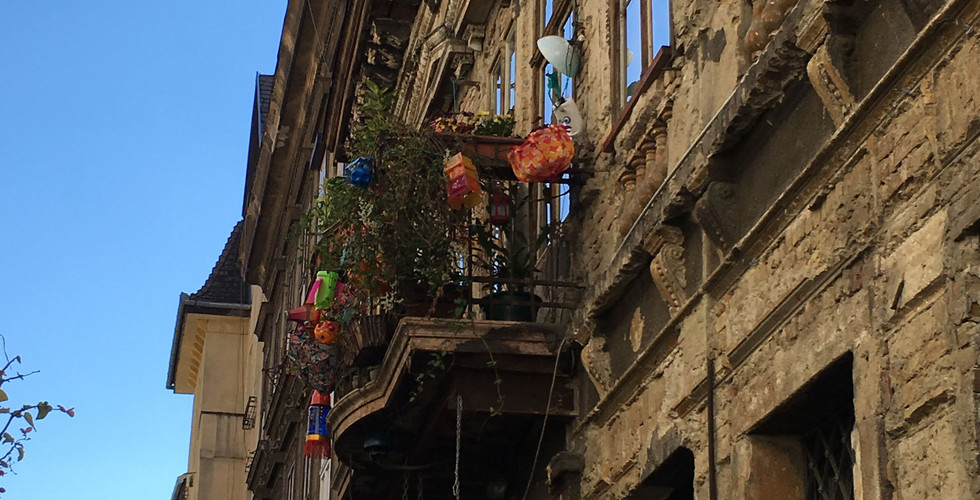
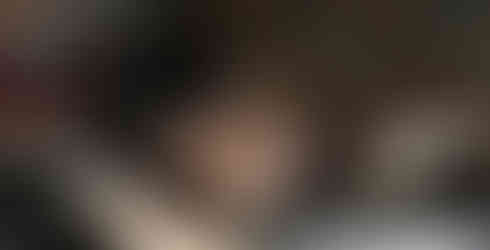









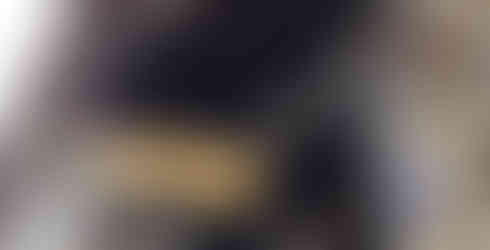






















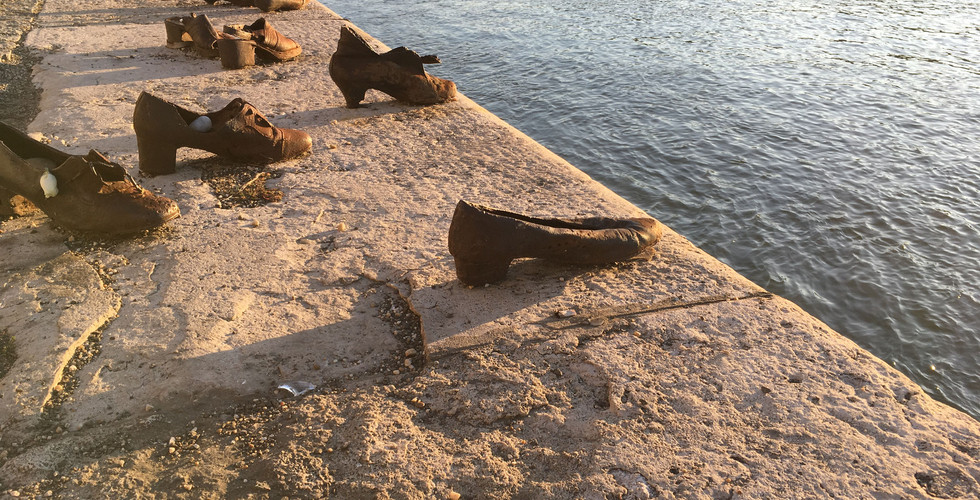

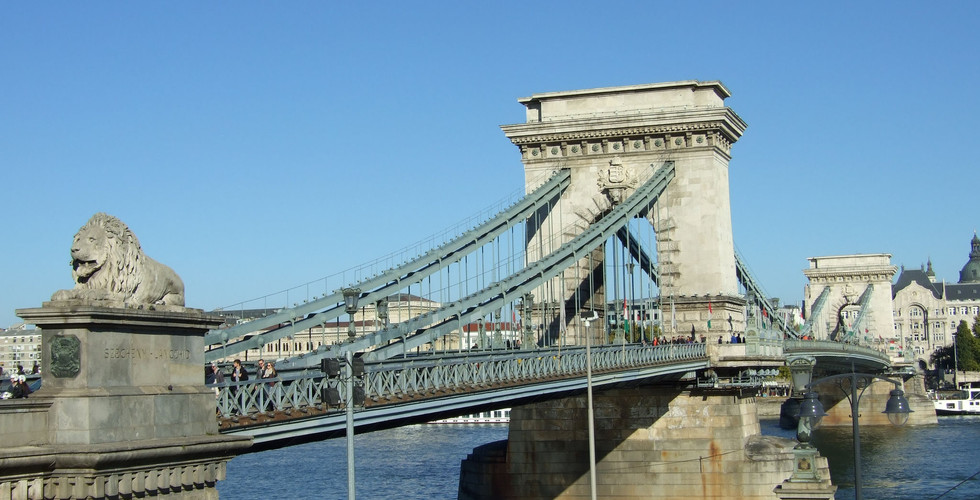





















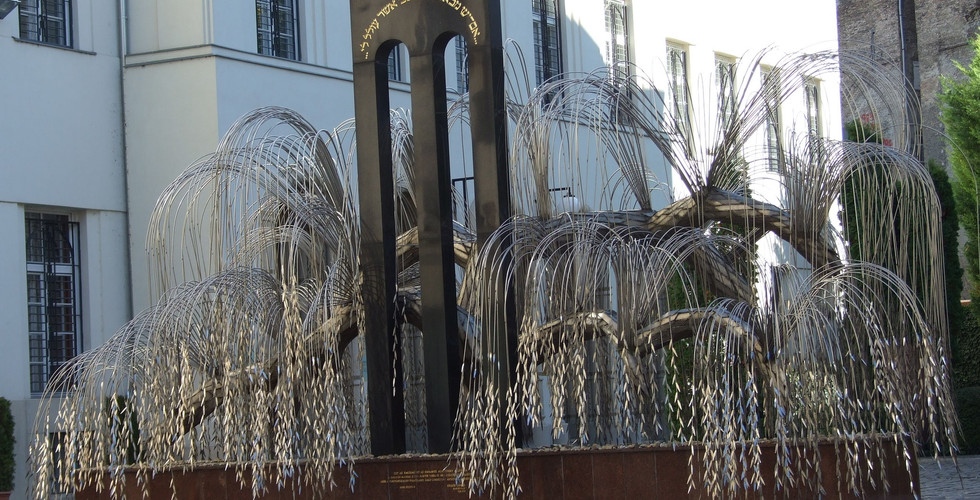











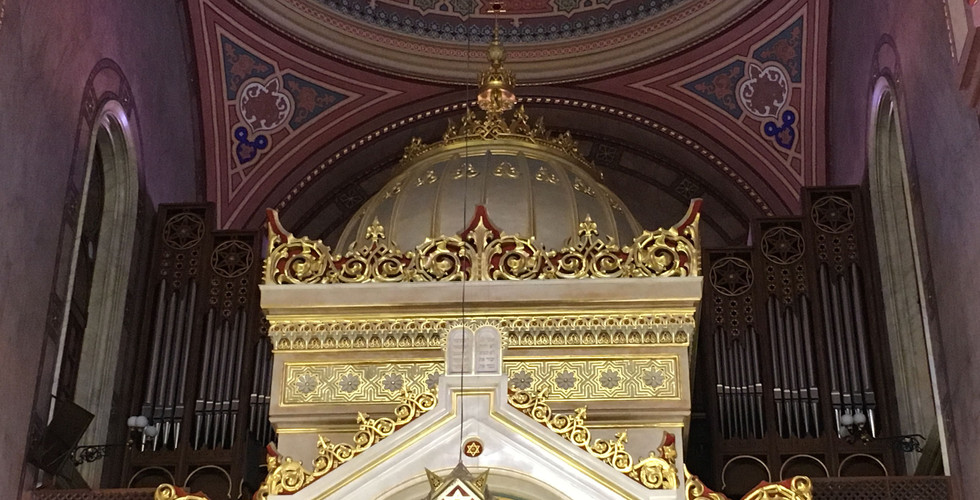




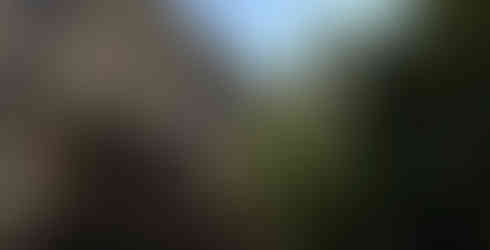



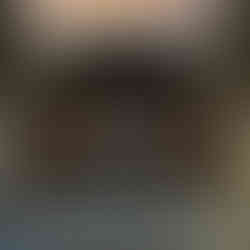





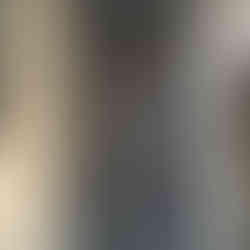








































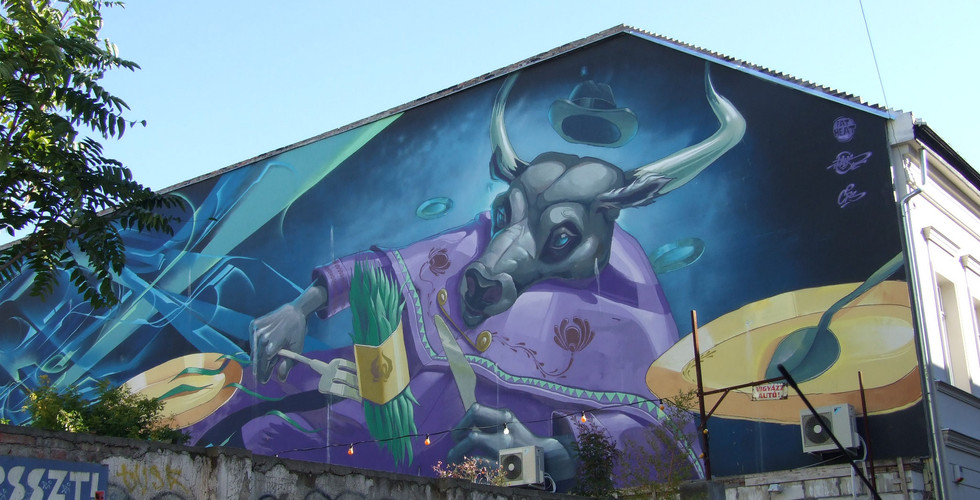





















Comments